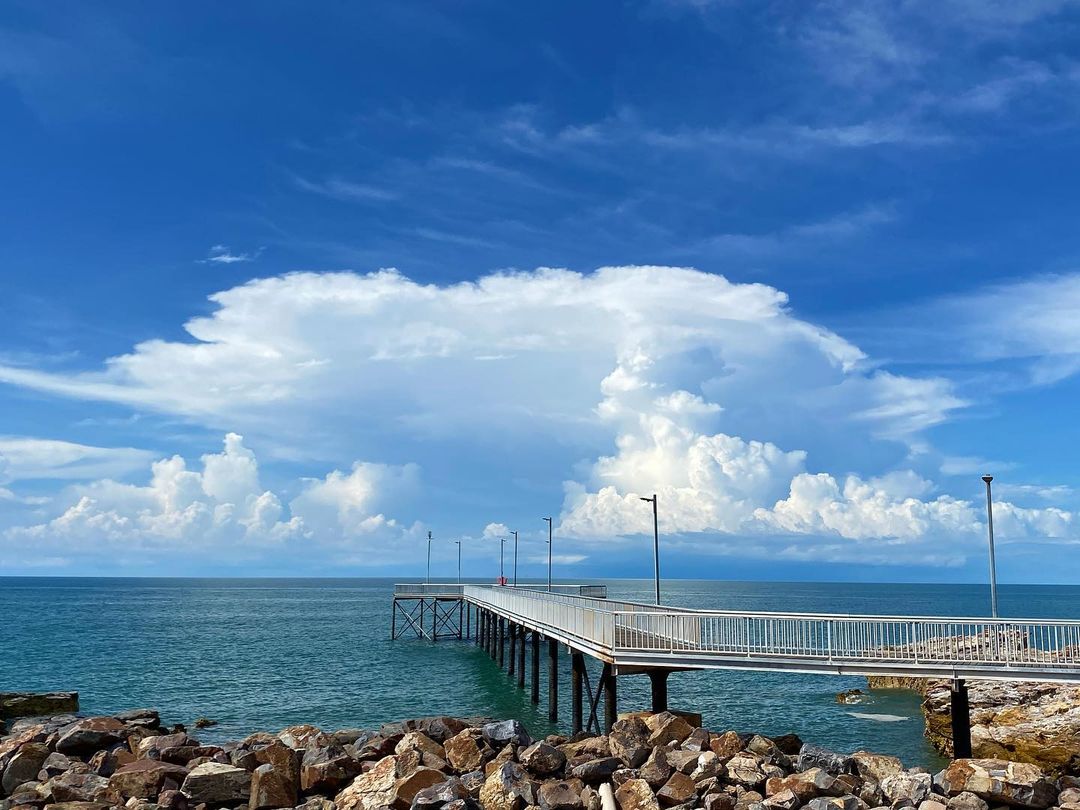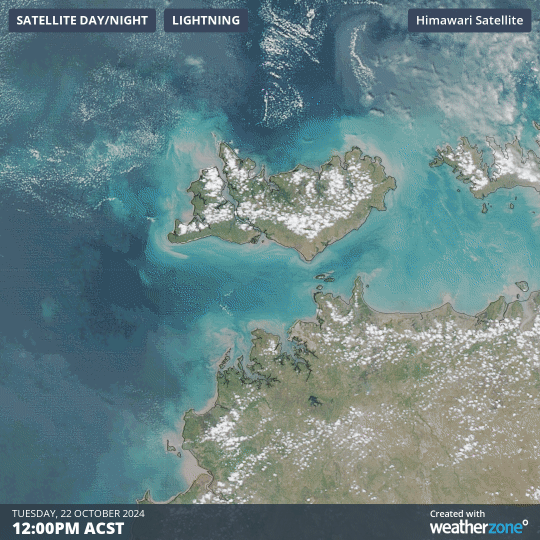Hector the Convector – the world's most reliable cloud
Australia has a storm cloud that develops at roughly the same time every day for months on end and its name is Hector.
Described by some as the world’s most consistent thunderstorm, Hector the Convector is a convective cloud that forms over the Tiwi Islands in northern Australia. Hector is incredibly punctual and dependable, developing at around 3pm almost every day during northern Australia’s wet season, which runs from about October to April.
Hector is a huge storm, sometimes reaching 20 km into the sky. It often features a large anvil-shaped cap due to the top of the cloud being forced to spread out as it bumps into the base of the stratosphere.

Image: Hector the Convector seen from Nightcliff Jetty in December 2010. Source: @weather_watcher_australia / Instagram
How does Hector form?
Thunderstorm clouds form when warm and moisture-laden air is forced to rise into higher levels of the atmosphere. This ascending air cools as it gets higher, which causes water vapour in the air to condense into liquid drops, producing cloud. The longer this updraft of air is maintained, the larger the storm cloud can grow.
Hector forms when sea breezes flow over the Tiwi Islands from all directions and clash in the elevated interior of the islands. These converging sea breezes force the air to rise, creating a column of warm and moist air that produces a towering cumulonimbus cloud.

Image: Satellite images showing Hector forming on Tuesday, October 22, 2024.
While the Tiwi Islands are not very high, their pyramid-like shape helps to push the air upwards as the sea breezes flow over the islands.
How can you see Hector?
Hector the Convector can be seen from Darwin and nearby areas of the western Top End in the NT. Looking north from the mainland, the cloud will appear in the afternoon and usually stays visible into the evening, sometimes putting on a vivid display of lightning at dusk.
Passengers on afternoon flights operating out of Darwin Airport can also see Hector when conditions are favourable.
According to the Bureau of Meteorology, Hector was named by pilots during World War 2 who used it for navigation when flying near the Top End.